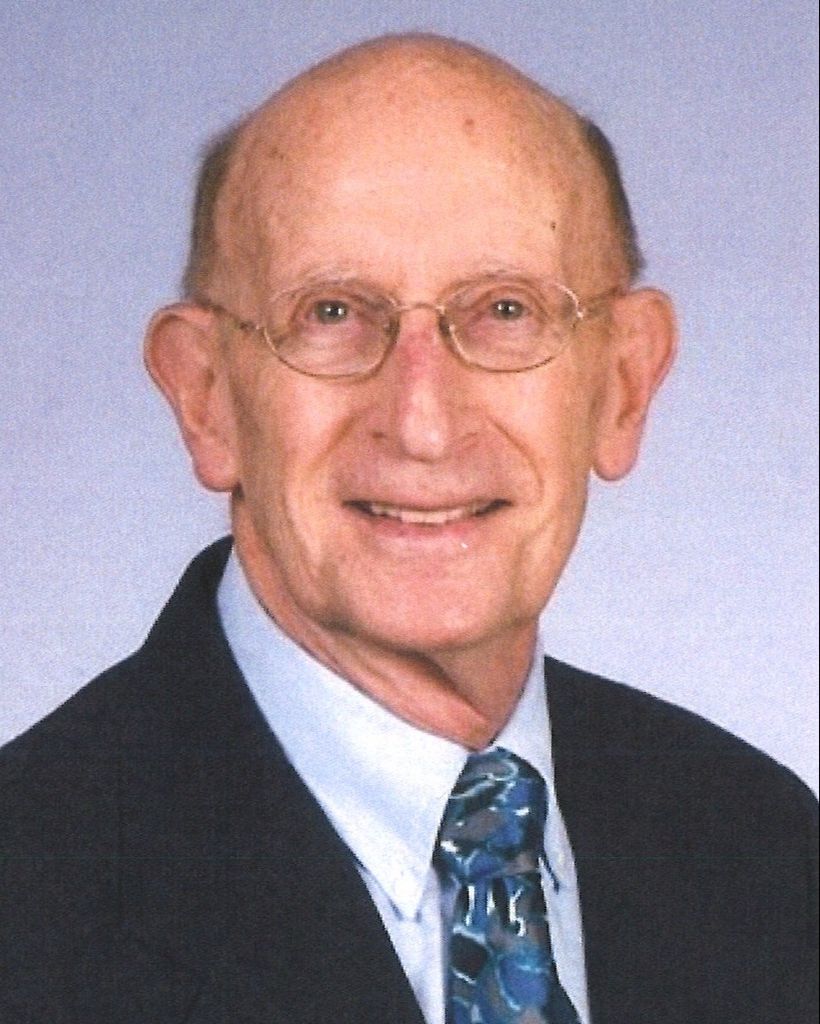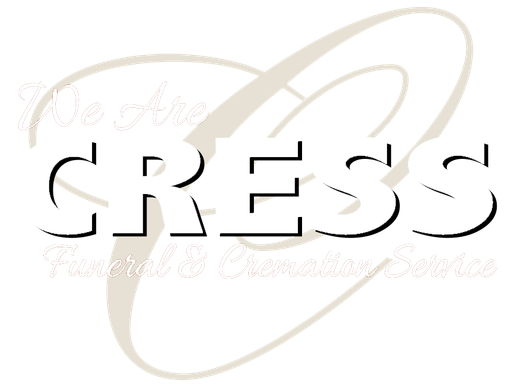01,
1928

19,
2025
Stan Inhorn was born in 1928 in Philadelphia, moving with his family to Cleveland, OH, when he was six years old. He graduated from Cleveland Heights High School in 1946, and enrolled in Cleveland's Western Reserve University (later renamed Case Western Reserve University), where he majored in chemistry. Upon graduation in 1949, Stan entered the Columbia University Medical School in New York City.
Stan moved to Madison in 1953 to pursue a five-year internship and residency in Pathology at the University of Wisconsin Hospital. Stan chose UW for his residency because the Wisconsin State Laboratory of Hygiene (WSLH) was the first state public health laboratory to be located on an academic campus. In the first year of his residency in the WSLH, Stan rotated through bacteriology, virology, serology, among other fields, and was also given space and supplies to start his own research.
Stan was also a violinist with a major interest in chamber music. During his residency, he started a piano trio with friends from the UW Medical School, and he auditioned for and played 8 years in the Madison Symphony Orchestra. Stan was also a fan of the Pro Arte Quartet, whose free concert performances were a venue for his romance with Shirley (Sherburne) Green, a graduate student in Physiologic Chemistry, who was also a pianist and marimba player. Shirley was a widow, and their backgrounds were very different, but they wed on August 22, 1954, in the new Frank Lloyd Wright Unitarian Meeting House.
Soon after their wedding, Stan was drafted into the Navy as a doctor on an APA, or amphibious troop transport, stationed in San Diego, CA. Shirley decided to take a leave from her studies at UW and join Stan in California. Stan was discharged from the Navy in 1956, and the couple returned to Madison, along with their son, Lowell, born in 1956 in San Diego's Balboa Naval Hospital. Stan continued to serve in the Ready Reserve in a Naval Research Reserve Company at the UW from 1959 to 1969, and he was Commanding Officer from 1965 through 1969. Stan and his wife Shirley also welcomed two more children, Marcia (1957) and Roger (1960), in Madison.
At UW, Stan was appointed Assistant Professor of Pathology and Assistant Director of the WSLH in 1960. He became Director of the WSLH in 1966, a position he held until 1979, when he was asked by the UW Medical School to create a Department of Pathology and Laboratory Medicine. During his long career at WSLH, Stan pursued many different lines of medical research and public health intervention. He was involved in a large community program to promote the new Pap smear test for detecting cervical cancer. He created a Cytogenetics Lab at WSLH which identified the genetic trisomy 13, an important discovery in understanding congenital birth defects in children. With the American Cancer Society, he headed a demonstration project with a number of Wisconsin hospitals to determine the acceptance of offering low-cost mammography as a screening test for breast cancer.
Starting in 1966, Stan played a major role in the implementation of Medicare, helping to develop the quality assurance (QA) practices to be required of all public health and clinical laboratories in this country. He chaired the Centers for Disease Control and Prevention (CDC) task force that developed the Proficiency Testing standards for the Clinical Laboratory Improvement Act of 1967 (CLIA-67). Stan was also a member of the Medical Laboratory Services Advisory Committee to CLIA. Stan, a past-chair of the Laboratory Section of the American Public Health Association, was selected to be editor of a book called Quality Assurance Practices for Health Laboratories. With 5 general chapters and 15 laboratory disciplines, this 1200-page volume was published in 1978. As laboratory practices and technology changed in the 1970s and 1980s, a revision of CLIA was made in 1988 (CLIA-88). Stan was appointed to the new CLIA-88 advisory committee. The Association of Public Health Laboratories (APHL) realized that a change was needed to connect laboratories to their users, including first responders, hospitals, health departments, etc. For his efforts at leading a new program called L-SIP to establish state-wide laboratory systems, Stan was awarded the Gold Standard Award by the APHL and later the organization's Lifetime Achievement Award.
Stan was active in several other scientific societies into his retirement years. He was President of the American Society of Cytopathology and was given its Papanicolaou Award. Stan was a long-time Board member of the American Cancer Society (ACS), Wisconsin Division, and served as its President, developing many programs. He also served on the national ACS Board for 8 years. As a representative of the American Medical Association (AMA), Stan was a long-time member of the Dane County Public Health Advisory Committee. He also served as medical adviser to the Madison Area Technical College Laboratory Technology program. (Further information on Stan's professional life can be found at https://en.wikipedia.org/wiki/Stanley_Inhorn.).
In addition to his professional life, Stan and his wife Shirley were deeply devoted to a large number of community organizations in Madison. There were three that consumed the majority of their time and efforts, including the First Unitarian Society (FUS), the Madison Symphony Orchestra and its League (MSOL), and the Wisconsin Youth Symphony Orchestras (WYSO). Stan served as President of the WYSO Board and worked on the organization's Finance Committee. For MSO, Stan chaired two committees, Marketing and Education, hiring their first support staff.
In addition, the Inhorns supported and sponsored the Wisconsin Chamber Orchestra, the Salon Piano Series, the Oakwood Chamber Players, the Four Seasons Theatre, the Bach Musicians, the Madison Opera, the Overture Center, the Savoyards, and the Wisconsin Foundation for School Music. They also helped to support the Pro Arte Quartet's 100th anniversary in 2012. Stan and Shirley together received the first John DeMain Award in recognition of their numerous efforts to keep classical music alive and healthy in the greater Madison area.
Stan's wife of 70 years, Shirley Inhorn, died a week before him at Oakwood Village, University Woods, where they had lived so happily for nearly 15 years. Stan is survived by his son Lowell (Cynthia Petzold) of Roanoke, VA; his daughter Marcia (Kirk Hooks) of New Haven, CT; his son Roger (Victoria Masakowski) of Lincolnville, ME; and eight grandchildren, including Meredith Penthorn of Madison, WI; Nicholas Penthorn (Wendy Herbst) of Redwood City, CA; Carl Hooks (Chanelle Nader) of Sydney, Australia; Justine Hooks of Philadelphia, PA; Emma Inhorn of Atlanta, GA; Joseph Inhorn of Washington, DC; Anthony Inhorn of Washington, DC; and Vincent Inhorn of Pittsburgh, PA. He has one surviving niece (Sally Price Ross), who is the daughter of his departed sister, Mimi Price, of Cleveland, OH.
A memorial service will be held at a later time at the First Unitarian Society. Donations may be given to any of the non-profits to which Stan devoted many hours: FUS (fusmadison.org), MSOL (madisonsymphony.org), or WYSO (wysomusic.org). Messages can be sent to Lowell Inhorn at LFinhorn@cox.net.
Cress Funeral & Cremation Service
3610 Speedway Road, Madison
(608) 238-3434
To order memorial trees or send flowers to the family in memory of Dr. Stanley Inhorn, please visit our flower store.
Service Schedule
Past Services
Guestbook
Visits: 85
This site is protected by reCAPTCHA and the
Google Privacy Policy and Terms of Service apply.
Service map data © OpenStreetMap contributors




